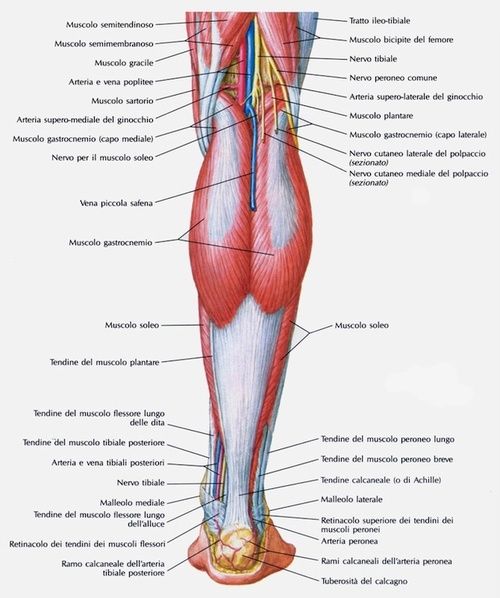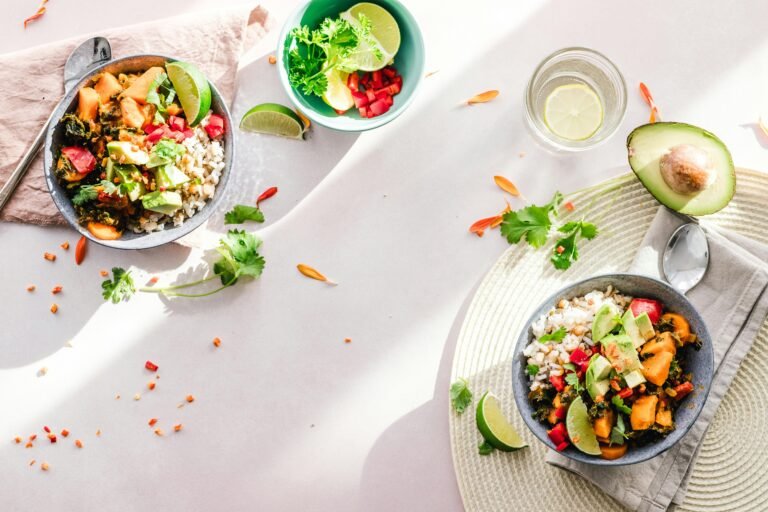Legs, ailments and all remedies
The legs , our lower limbs, in Chinese medicine represent the possibility of moving towards a goal and therefore indicate the possibility of choosing, changing or staying that is inherent in each of us. Let’s better discover the ailments that may affect them and how to treat them.
> Anatomical description of the legs
> Natural treatments and therapies
> Yoga for the legs
> Traditional Chinese Medicine
> Other disciplines for the legs
> Curiosities about the legs

Anatomical description of the legs
The legs, or lower limbs , are similar in structure to the upper limbs. They connect to the pelvis because each hip bone articulates with the head of a femur , the thigh bone. In turn, the trochlea of the femur articulates distally with the tibia and the patella or patella . Together, these bones form the knee joint which allows flexion and extension not beyond the line of the femur. The cartilage body called the meniscus helps to stabilize the joint.
The tibia is a long and slightly curved bone; the fibula , similarly long but thinner, articulates with the tibia but does not reach the knee. Distally these two long bones form, with the short bones of the tarsus , the ankle joint . As in the case of the carpal bones of the hands , also the bones of the tarsus of the foot are organized in two rows: an aterior and an anterior with scaphoid, cuboid and three cuneiform bones; they are articulated to the 5 bones of the metatarsus . The phalanges are homologous in number and shape to the corresponding bones of the hands, but decrease in volume starting from the second finger.
The muscles of the pelvis and lower limbs are divided into four groups according to the part of the limb in which they have the insertion: muscles of the hip (internal and external), of the thigh (anterolateral and posteromedial), of the leg (anterior, lateral and posterior), of the foot (dorsal and plantar).
Natural treatments and therapies for the legs
RLS is Restless Legs Syndrome , which is a neurological disorder that can affect between 5 and 10% of the population consisting of a strong need to move the legs, a need that can become unstoppable and be accompanied by unpleasant sensations which often worsen when the affected person is at rest.
There are many treatments for this type of disease and affect different spheres: as regards diet and nutrition , it will be useful to increase the consumption of foods rich in iron and vitamins or to introduce food supplements of iron, vitamin B12 or acid. folic (as needed). In general, there is also a tendency to revise daily habits in order to improve the mental and physical state of the night and thus learn to sleep well, avoiding sleep disorders such as insomnia or sleep apnea. Excellent results are also obtained with various massage techniques .
Excellent for the blood circulation of the legs are:
An excellent ally for the legs is argan oil . You can also use herbal creams and preparations based on essential oils that contain important nutrients for the skin such as lemon essential oil. In the case of minor burns, burns or injuries to the legs, the essential oil of lavender allows you to quickly restore the skin to the state before the ulceration.
Unusual exercises to firm the legs

Yoga
In the universe of yoga , if we talk about legs, we cannot fail to go into the “lotus flower” , the most famous preparatory position, which sees the legs crossed, the back straight and the hands on the knees. The position is also known by the Sanskrit name of Padmâsana or Yogâsana , but it is also referred to as Mukta-padmâsana that is “open lotus” to distinguish it from Baddha-padmâsana , “tied lotus” position , in which the arms are crossed behind the back. with the right hand grabbing the left foot and vice versa.
The body becomes a sort of pyramid with a triangular base , the weight of the head is felt and the neck is released, while breathing is articulated in different moments: the shoulders are raised while inhaling, the breath is held and released suddenly to relax. the shoulder joint; inhaling then lengthen the extensors of the head and neck, exhaling relax the head forward. The mudra held in this position is usually Jñâna mudrâ .
There are also many positions in yoga that serve to relax the back and are performed by raising the legs; for example Viparita Karani , through which the lumbar muscles relax, bringing the legs up against the wall.
Traditional Chinese Medicine
In traditional Chinese medicine the body is full of channels through which energy flows , as if it were a huge paddy field crossed by water. The meridians are the paths of this energy. In acupuncture we work on the meridians that control specific functions (circulation, breathing, digestion) and specific organs.
Through the legs passes the Chong Mai , which is at the basis of the mutations of the body and psyche in the different phases of existence.
If we think of adolescent acne , weight gain after marriage, menopausal disorders, these are all manifestations involving the Chong Mai channel . This extraordinary channel is also called the “sea of blood” ; in men it helps to promote the growth of beard and mustache, while in women it regulates the menstrual cycle. Furthermore the Chong Mai directs the Yuan Qi (original Energy of the Kidneys) towards the Viscera and the Organs; all serious or chronic pathologies can have repercussions on this very important channel.
Symbolically, in Chinese medicine the legs represent the possibility of moving towards a goal , that is, in a broad sense, the possibility of choosing, changing, staying and going that is inherent in each of us. The tendon-muscular channels or muscles of the channels ( Jing Jin ) of the arms and legs together control the digestive system and the autonomic nervous system .
Other disciplines
Osteopathy acts on the pain of the legs with specific manipulative treatments . A qualified osteopathy first performs a detailed anamnesis to then understand what type of disorder they are facing or to understand how they can act towards motor rehabilitation in the case of post traumatic pain. The osteopath works on the entire structure, so his intervention always covers the shoulders, back, head, arms, as well as the legs. For an osteopath the body is much more than a sum of parts and this is why even a pain in the legs is traced back to a diagnostic and therapeutic approach for which the patient is a global functional unit.
If we think of “dynamic natural remedies”, that is what we can do to give our body well-being by moving it, various gymnastic exercises will be useful for the legs , which can be dedicated even just 20 minutes a day. We suggest some of them:
– Lie on your back, legs resting on a chair. Contract abdominal muscles, count to five, repeat ten times, pause, repeat for three sets;
– Face up, legs resting on a chair. Lift your torso by contracting your abs. Three sets of five contractions;
– Lie on your back, pull the knee towards the shoulder. Holding the knee, count to ten, bring the leg down, pause, repeat ten times, and redo with the other leg;
– Belly down, pelvis leaning against a pillow. Raise your head and torso as high as possible then lower back to the floor. Repeat ten times, pause and complete three full sets.
We then suggest the so-called “Spartan bow “, an exercise to improve the stability of the legs.
Very useful disciplines for the mobility of the lower back and legs are Pilates , water sports. Particular attention goes to the knees if you are a lover of mountain sports such as skiing.
Curiosities about the legs
The resources that can be found online on the legs have something extraordinary and unpredictable: from blogs that have legs as their only topic, to the timeless Sabrina Salerno and Jo Squillo in “We are women” (beyond the legs there is more ) who performed in Sanremo in 1991.
























+ There are no comments
Add yours